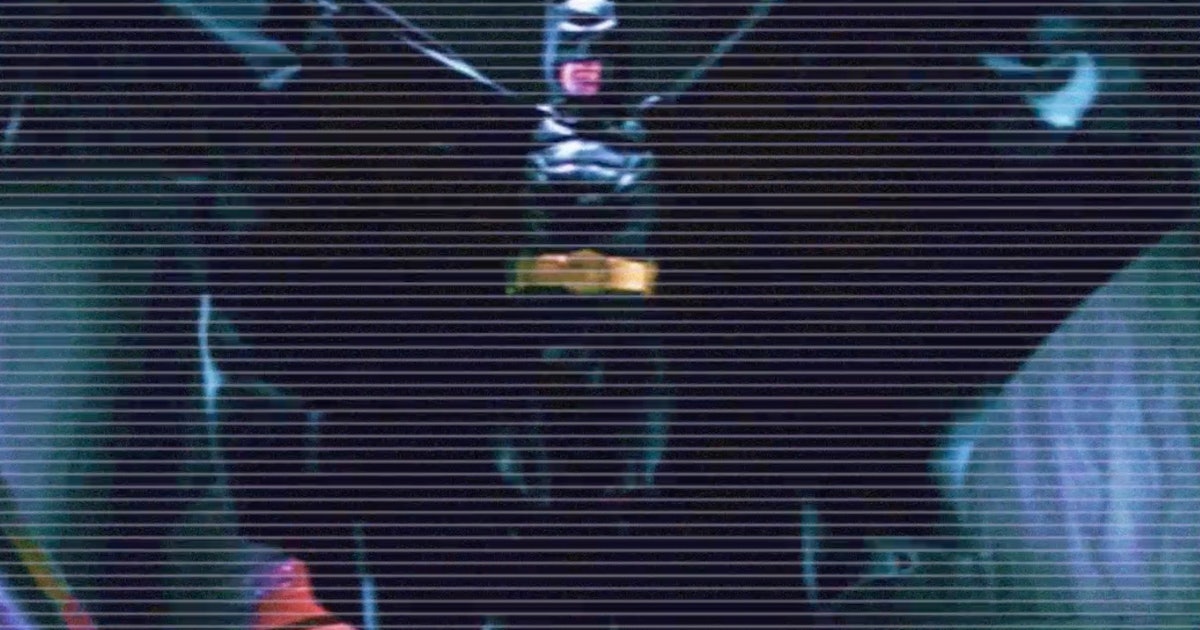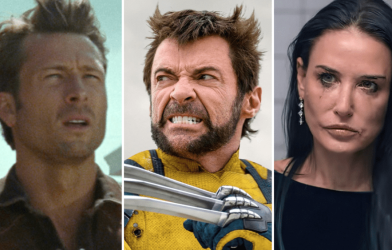Blockbuster movies aren’t what they used to be. The genre once referred to pretty much any film with high production value that made lots of money at the box office. But in recent years, the only movies that seem to qualify as real, legitimate Hollywood blockbusters are sequels, prequels, or superhero stories.
Clearly, something changed, but figuring out exactly when that shift occurred is tougher than selling an original script to Walt Disney Studios. While the successes of films like Star Wars: Episode IV — A New Hope and Jaws fundamentally reshaped Hollywood in the late 1970s, it still took a few decades for the movie industry to become the franchise-obsessed and IP-driven business it is today. In the years between, a wide variety of comedic and dramatic films not only continued to get sizable budgets but also crossed over so well with audiences that they raked in blockbuster-size numbers at the box office.
One need look no further than 1989 for proof. The year’s highest-grossing films include a handful of franchise sequels (and one superhero movie), as well as multiple critically acclaimed dramas, award winners, and comedies. It represents, in many ways, the platonic ideal of what a year of movies should be, and it’s one that Hollywood should strive to replicate more often.
In 1989, franchise movies like Batman and Indiana Jones and the Last Crusade were still made by artists with distinct visions.
Warner Bros. Pictures
In 1989, the 10 highest-grossing movies of the year were…
- Batman
- Indiana Jones and the Last Crusade
- Lethal Weapon 2
- Look Who’s Talking
- Honey, I Shrunk the Kids
- Back to the Future Part II
- Ghostbusters II
- Driving Miss Daisy
- Parenthood
- Dead Poets Society
Put another way: The year’s most successful films were a genre-defining superhero movie, a handful of beloved sequels, a couple of family-friendly comedies, and several critically acclaimed adult dramas. That’s a far better and more diverse range of successful movies than we’ve had in any year in recent memory. (The Top 10 lists for both 2022 and 2023 were, for instance, dominated by superhero films, sequels, prequels, and remakes.)
Beyond the year’s wide range of choices, it’s worth mentioning the artists behind 1989’s biggest movies. The year’s top three films were directed by Tim Burton, Steven Spielberg, and Richard Donner — some of the most talented, capable, and identifiable Hollywood craftsmen of the past 60 years. Films by celebrated auteurs like Bruce Beresford, Robert Zemeckis, and Peter Weir also found places on the list. 1989 was a year in which earnest dramas and franchise sequels alike were still being directed by filmmakers of unparalleled skill and vision, and that’s apparent in the enduring quality of most of the films listed above.
All these movies also made more than $95 million at the domestic box office in 1989. Adjusted for inflation, that means they all made what would be at least $250 million today. (Take a second and let that sink in: In 1989, a film like Dead Poets Society was more successful at the box office than Ant-Man and the Wasp: Quantumania, Wonka, John Wick: Chapter 4, Indiana Jones and the Dial of Destiny, and Mission: Impossible —Dead Reckoning Part One all were in 2023.)
1989’s impressive blockbusters don’t begin and end with its Top 10, either. Sitting just outside of that list are When Harry Met Sally, The Little Mermaid, Steel Magnolias, National Lampoon’s Christmas Vacation, Born on the Fourth of July, Field of Dreams, Uncle Buck, and The Abyss, all of which made at least $50 million domestically in 1989 (or $140 million today). 1989 was, in other words, a year in which a star-led rom-com like When Harry Met Sally was still considered just as important and worthwhile by both American audiences and studios as major sequels like Ghostbusters II and Back to the Future Part II.
Once upon a time, Hollywood’s rom-coms occupied just as big of a spot in American culture as superhero movies.
Columbia Pictures
Thirty-five years ago, the general public’s ideas about what a “blockbuster” is and isn’t weren’t nearly as narrow-minded as they are now. In 1989, Batman was considered a blockbuster the same way it would be now, but so were Parenthood, Dead Poets Society, and Honey, I Shrunk the Kids.
Back then, Hollywood still seemed interested in encouraging the kind of wide-ranging appetite that it needs to avoid being seen as too stale or one-note. Recent midbudget gambles like Anyone But You and Civil War have proven that $100 million successes can still be found outside of familiar comic book and action movie franchises, too, but Hollywood will have to keep investing in more original, star- and artist-driven titles if it ever wants even a shot at reclaiming its once-dominant place in pop culture.
In 1989, its position there wasn’t ever in doubt. It was a year that produced a number of the most beloved blockbusters of the past 40 years — some of which have almost nothing in common outside of their similar budgets and box office grosses. To put it simply: That’s a good thing.









